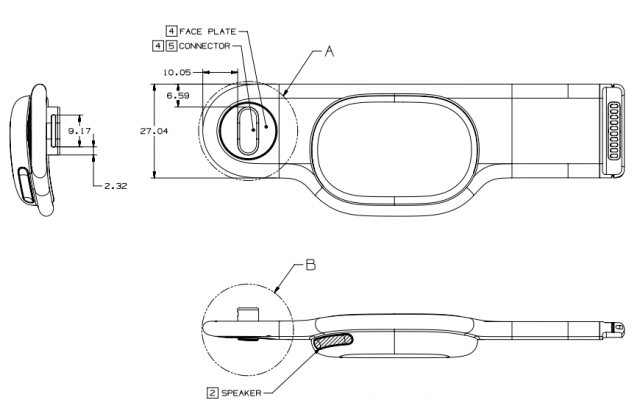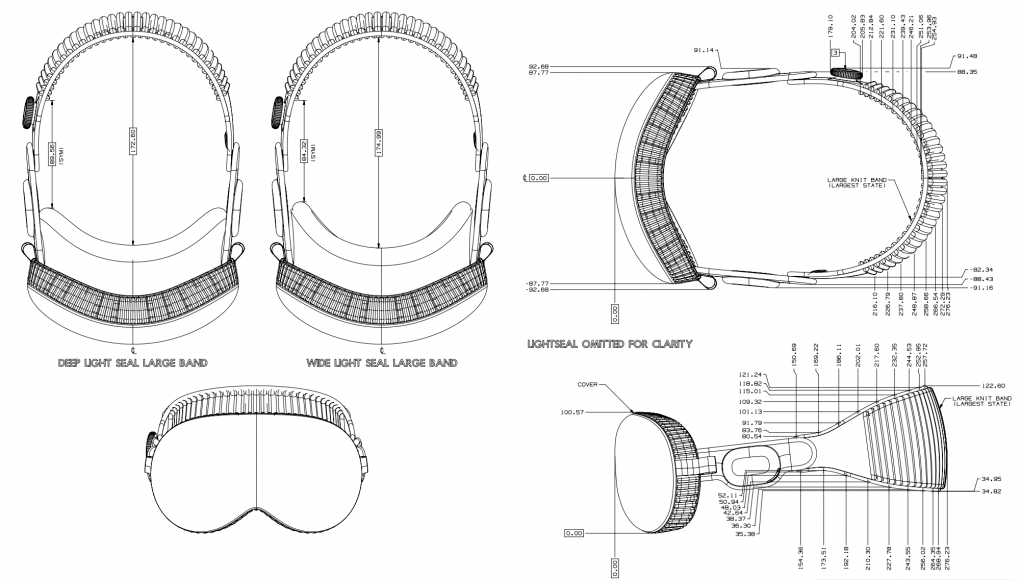Apple has released detailed schematics of Vision Pro and its various parts, which will likely lead to an acceleration of third-party accessories like headstraps and protective cases for the device.
Vision Pro was announced nearly a year ago and started shipping three and a half months ago. Until now, third parties building accessories for the headset needed to work from their own (or someone else’s) unofficial measurements of Vision Pro to build accessories that fit the headset correctly.
But Apple has finally updated its Accessory Design Guidelines document to include detailed schematics of Vision Pro and its accessories.
The newly updated document gives precise measurements of various parts of the headset. No doubt providing a more accessible starting point for third parties building accessories that have tight requirements when it comes to fitting the headset.
Perhaps one of the most important details in the newly released documents are those on Vision Pro’s headstrap locking mechanism, which allows the headstrap to connect easily to the headset while being similarly easy to remove with the simple pull of a built-in tab of fabric. With these new details, it should be easier for third parties to make straps that attach in the same convenient way.

Another key detail is the exact dimensions of the ZEISS optical inserts (attachable prescription lenses) which Apple sells directly during the purchase of Vision Pro. With the precise shape of both the lenses and the magnets that attach them to the headset, we may see more third-party prescription lenses reach the market.

In addition to the schematics, Apple’s Accessory Design Guidelines document includes guidelines for third-party Vision Pro accessories. For instance, Apple says that third-party Vision Pro straps should consider the following:
- Be designed to prevent hair snag between the connector and mating parts, particularly in small spaces and between hard materials.
- Not detach with a peel force less than 100 N at 12 mm from the connector.
- Have a maximum insertion force of 18.3 N.
- Not have metal contact with the elastomer portion of Apple Vision Pro Audio Strap.
- Not have a material hardness exceeding 320 HV for portions contacting the Apple Vision Pro Audio
- Strap connector.
- Have a maximum normal pull force of 300 N on the Apple Vision Pro Audio Strap connector.
Apple products have long had a strong third-party accessory market, and it seems the company expects no less for Vision Pro.







